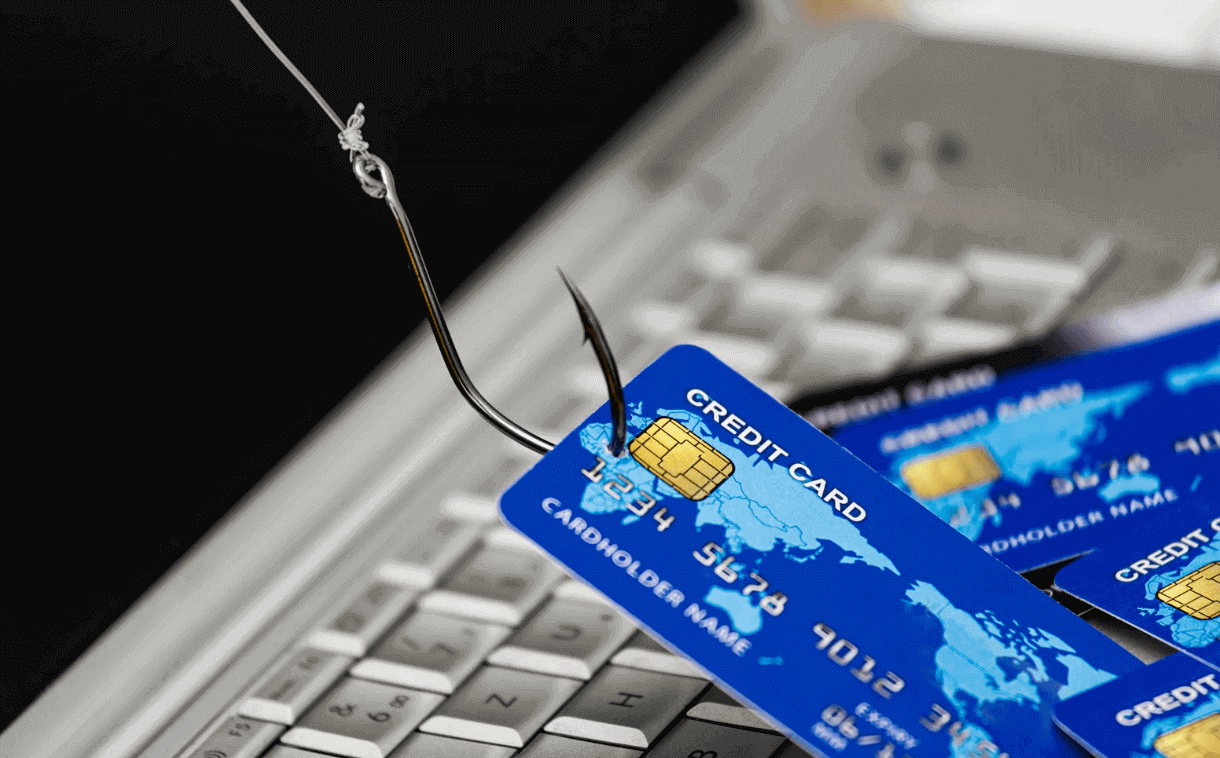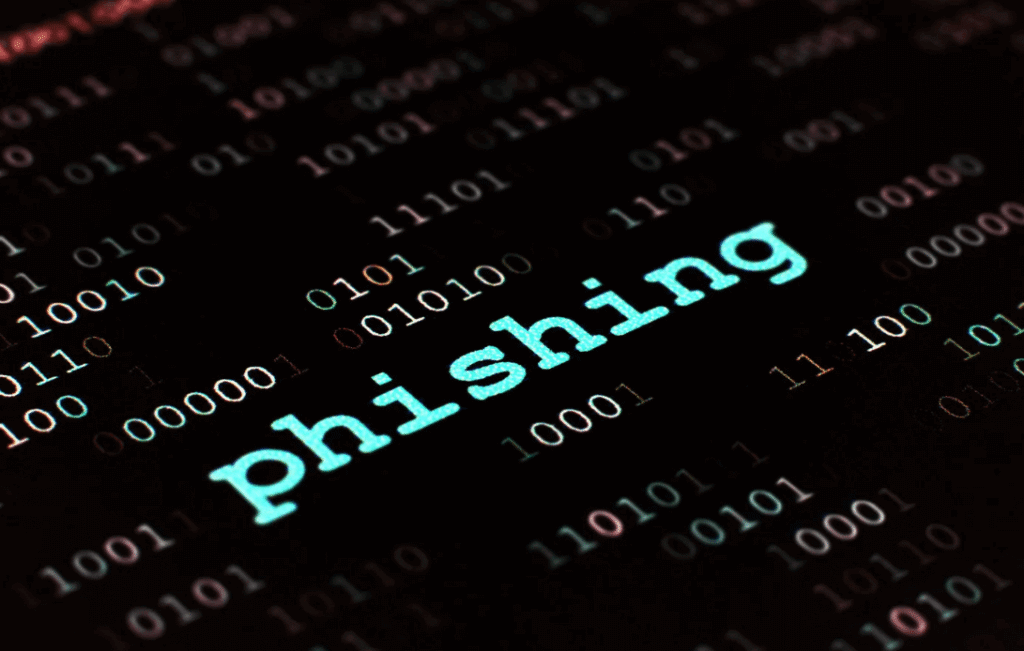Phishing used to mean borrowing your uncle’s rod and watching a bobber. Now it describes crooks watching inboxes and payroll systems with equal intensity. Software blocks plenty of attacks, legislation raises penalties, yet the cheapest entry point remains a hurried employee. Keep these eight habits close, share them in meetings, and the phishers’ bait will stay exactly where it belongs—ignored.
8 Phishing Prevention Tips
1. Trust Slowly, Verify Quickly
A well-written scam looks eerily similar to a routine workflow email. We slow things down by treating every unexpected message like evidence in a crime lab. Is the sender really the CFO or just someone who found the CFO’s photo on LinkedIn? A quick call or a chat message confirms the truth. Firms without the time or staff to run forensic checks on each alert can lean on IT managed service providers that specialize in threat monitoring and rapid verification.

Photo by Mika Baumeister on Unsplash
2. Hover Before You Click
The cursor is a magnifying glass. Hovering over a link reveals the full URL and either calms the nerves or raises every alarm bell. An address that starts with a string of numbers or a domain that looks almost right, like paypaI.com with a sneaky capital “I,” deserves an immediate delete. The extra three seconds it takes to inspect a link beats the hours spent filling out fraud reports.
3. Make Multi-Factor Authentication the Default
Passwords alone protect data about as securely as a screen door holds water. Adding a second factor—a phone prompt, hardware token, or biometric—closes the gap. Even if credentials leak, the attacker still needs that second factor, and obtaining it requires more effort than scammers typically invest. Roll MFA out to every account, not just the senior executives.
4. Patch Before the Coffee Gets Cold
Software vendors release updates for a reason, usually to shut the same holes criminals love. Schedule patch windows and automate wherever possible. When a critical hotfix drops on a Tuesday morning, Wednesday afternoon is too late. We have found that tying patch completion to routine events, like finishing the first mug of coffee, turns updates into muscle memory.
5. Keep Personal Updates Off Corporate Channels
Friends love quizzes about favorite pets and high-school mascots. Attackers love them more because they reveal hint answers lurking inside password-reset questions. Encourage staff to separate personal social accounts from corporate email addresses. When weekend trivia memes stay on private time, company data remains one step further from the public timeline.
6. Train, Test, Repeat
Annual slide decks breed yawns rather than vigilance. Swap them out for short, monthly micro-lessons followed by harmless phishing simulations. Employees who click the decoy link get instant feedback and a quick refresher. Celebrate the ones who report the test messages. The goal is to be reflexive, not to be ashamed.
7. Filter Like a Germophobe
Advanced email filters quarantine messages with dubious attachments, odd headers, or domain mismatches. Browser filters add another safety net, blocking known malicious sites before they fully load. Configure them at the server level so no one has to remember to toggle a setting. Then, audit the logs each week to catch patterns the automated tools might miss.

8. Plan for the Worst Day
No defense is flawless. Write an incident response plan that details who pulls the plug on compromised accounts, who communicates with legal counsel, and who talks to clients. Store copies of that plan offline. Conduct tabletop drills twice a year to ensure everyone knows their part. Ironically, preparation reduces panic, which shortens recovery time and lowers costs.
A solid phishing prevention plan looks less like a gadget shopping list and more like a collection of practical habits. Each tip above nudges attackers toward easier victims. Stay skeptical, stay patched, and keep the response playbook in reach. The scammers will eventually move on, hunting for someone who still treats every email like a friendly postcard rather than a potential trap.
Conclusion: Turn Awareness Into Action
Phishing isn’t going away, but neither is your ability to stop it. With the right habits in place, your team becomes the strongest line of defense. Teach staff to pause before clicking, confirm before trusting, and respond calmly if something goes wrong. Make these eight tips part of your regular training, not just a checklist for audit season. The more you prepare, the fewer surprises you’ll face, and the more likely scammers will look elsewhere.



